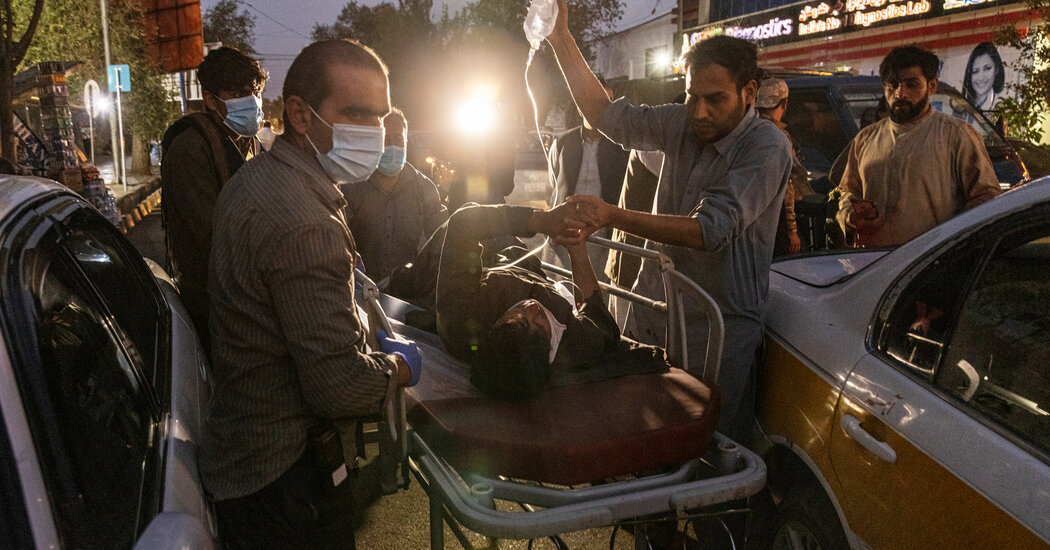
But perhaps the biggest error after the Abbey Gate bombing would come just three days later. On Aug. 29, American officials, fearful that another suicide bomber would attack Hamid Karzai International Airport, launched a drone strike, hitting a white Toyota loaded with what turned out to be water canisters, not explosives. The officials who called in the strike had not noticed video footage that showed the presence of a child some two minutes before the strike.
In the end, 10 civilians, including seven children, were killed.
General McKenzie acknowledged on Friday that the Abbey Gate investigation reversed commanders’ initial assessments, noting “the battlefield is a confusing and contradictory place, and it gets more confusing the closer you are to the actual act.”
He said, for example, that “ball bearings caused wounds that looked like gunshots,” referring to the projectiles unleashed in the blast. In their monthslong inquiry, investigators relied on eyewitness testimony, medical examiners’ findings, and video footage from an MQ-9 drone flying overheard minutes after the blast.
The investigation also found that military leaders took appropriate measures to protect their forces throughout the operation at Abbey Gate, and that the medical services that were available and ready saved every life they possibly could have.
And the investigators said the decision to keep the Abbey Gate open late that afternoon — until the explosion at 5:36 p.m. — despite increasing threats of an ISIS attack, was understandable given that many Afghans with valid travel documents were still trying to evacuate and foreign allies were rushing to get their citizens out. Officials wanted to prevent throngs of Afghans overrunning the airfield, investigators said, as happened on Aug. 16 after the Afghan government fell to the Taliban.
“This was not preventable,” Brig. Gen. Lance Clark of the Army, a senior investigators, said of the bombing.
The investigation did not focus on the bomber himself, other than to note that it was “highly likely” that he circumvented Taliban checkpoints and used an alternate route to the airfield, bringing him within feet of the Abbey Gate checkpoint. Investigators found no evidence that the Taliban were complicit or negligent in the attack.




